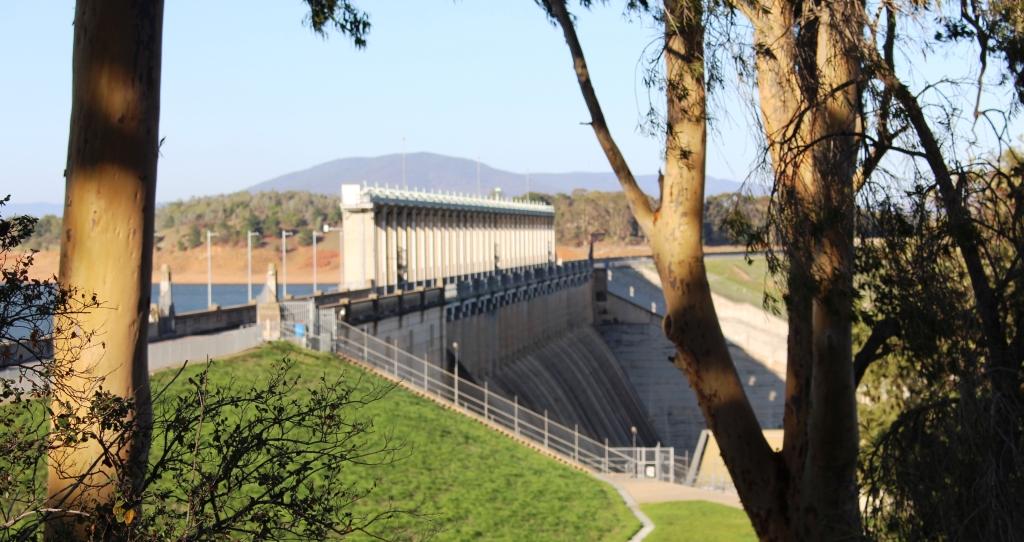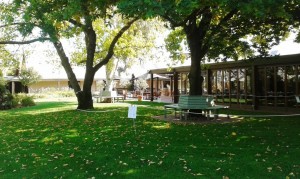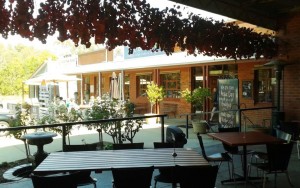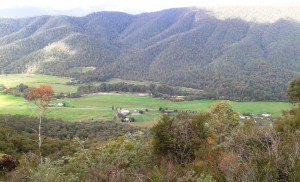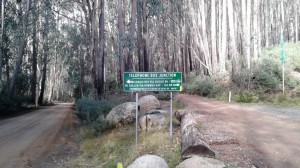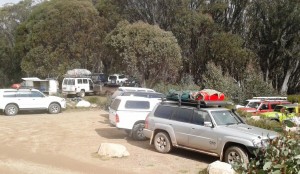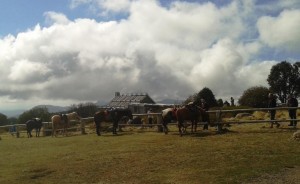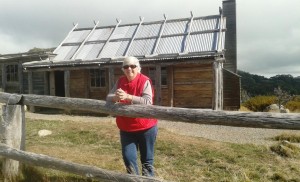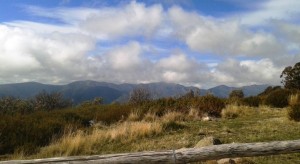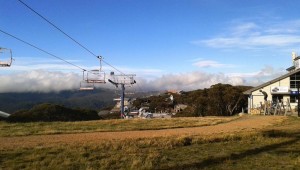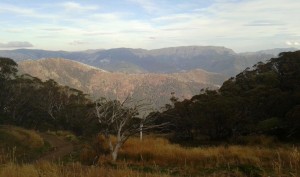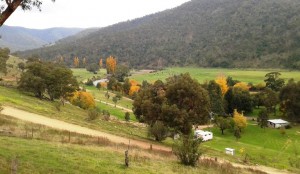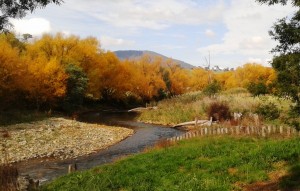11th to 13th March 2020
Please Note. Two videos covering material in this post ate to be found at the bottom of the post.
Our tour was not quite over. The Victorian high country is among our favourite areas. So, having bid our hosts goodbye, we set off over the mostly flat country of Northern Victoria, heading to Bright in the western foothills of the Victorian Alps. We arrived at about the same time as singer Katy Perry, who was there to perform at a bush fire fund raiser. She performed for about six thousand locals at a sports ground. The only evidence of this extravaganza was more traffic than usual and barricades blocking some roads.
Our track took us through Redesdale, Heathcote, past the back of the Puckapunyal military area to Nagambie and over to the Hume Highway near Euroa. Heathcote and Nagambie are both wine producing areas. Puckapunyal produces soldiers. We left the highway north of Glenrowan to drive through the wine country at Milawa (Brown Brothers) and on to Bright. Much of this area was tobacco producing back when smoking was not a proscribed social evil. Tobacco drying sheds can still be seen on properties that have been converted to other agricultural purpose.
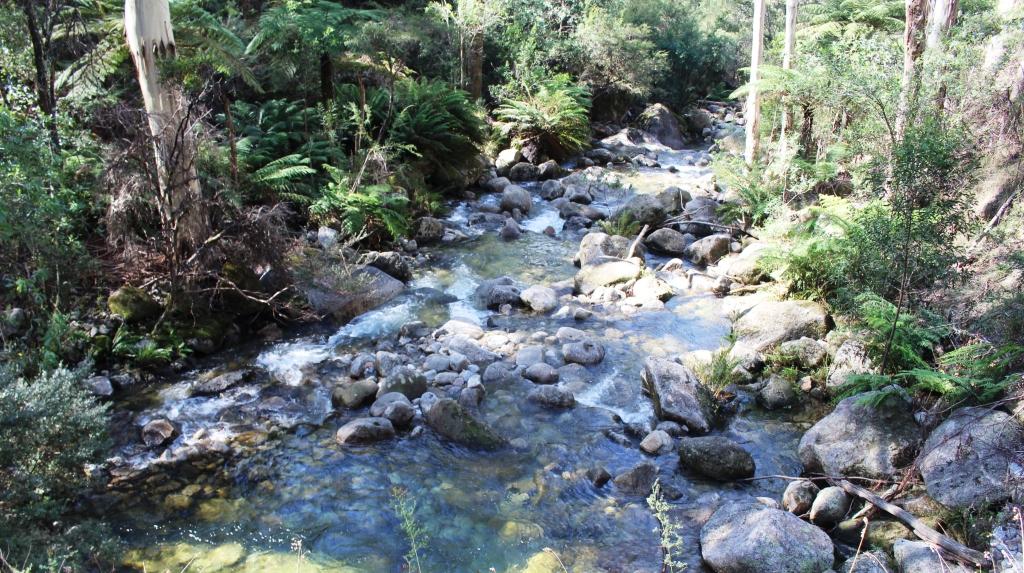
Before reaching our destination we turned at Porepunkah intending to drive to the summit of Mount Buffalo. But it is a long drive, continually climbing on what is often a narrow road with a precipice on one side. We gave it away at about 900 metres and returned to earth. Its summit is 1,721 metres above sea level, so we still had a long way to climb. It is at times like these that advancing age starts to show.
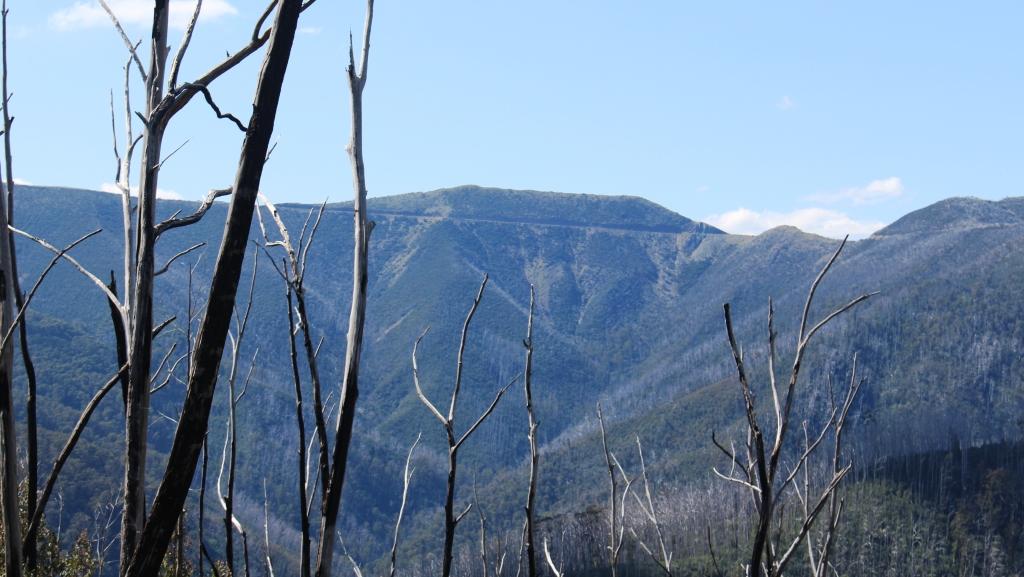
There was sufficient daylight when we arrived to see Bright, most of which we achieved while looking for our motel. It was hard to find, with Google Maps sending us along many streets that were never going to get us there. That was how we came across the Katy Perry barricades.
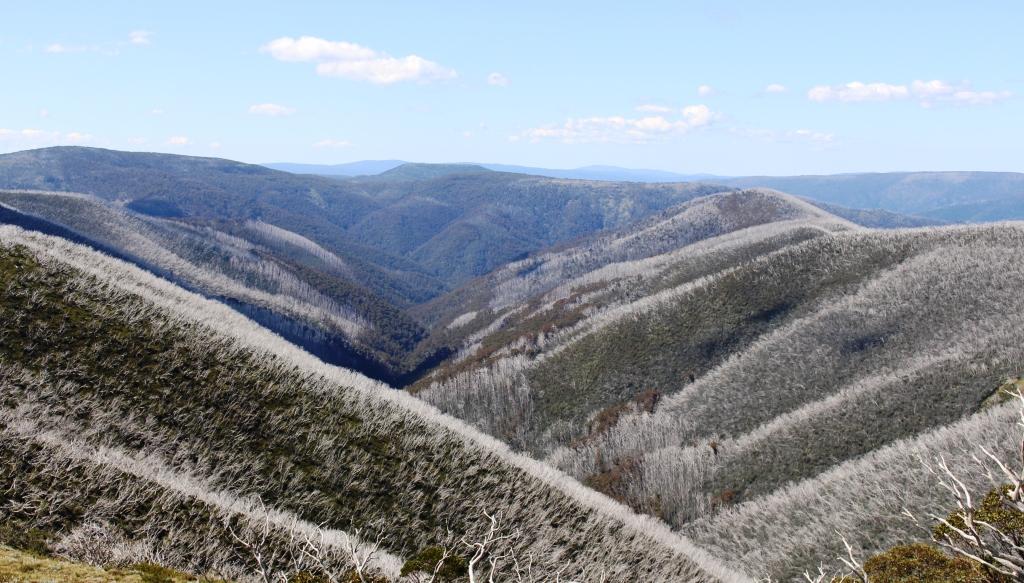
Unfortunately we were too early for autumn tints in the foliage. The copious quantities of poplars, maples and other deciduous trees had not yet started to stage their annual show. It is autumn colours that bring the influx of visitors to Bright each year.
Sorry, there are no photos of Katy Perry.
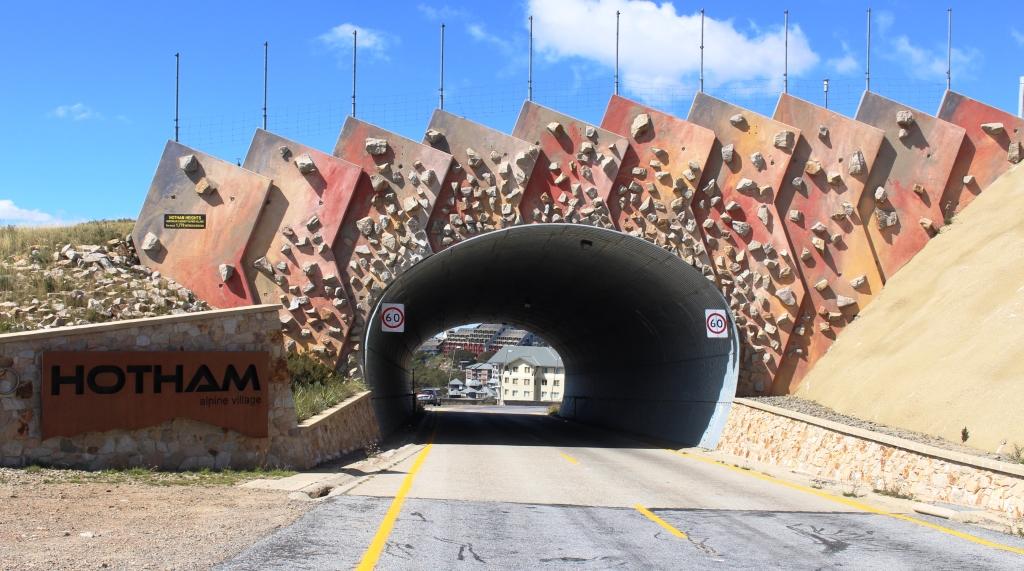
The next day, Thursday, was a perfect day in the high country. We enjoyed endless blue skies with only a light wind all day. We waited for the time to reach 9.00 am in Queensland, made a couple of phone calls and headed out through Harrietville towards Mt. Hotham.
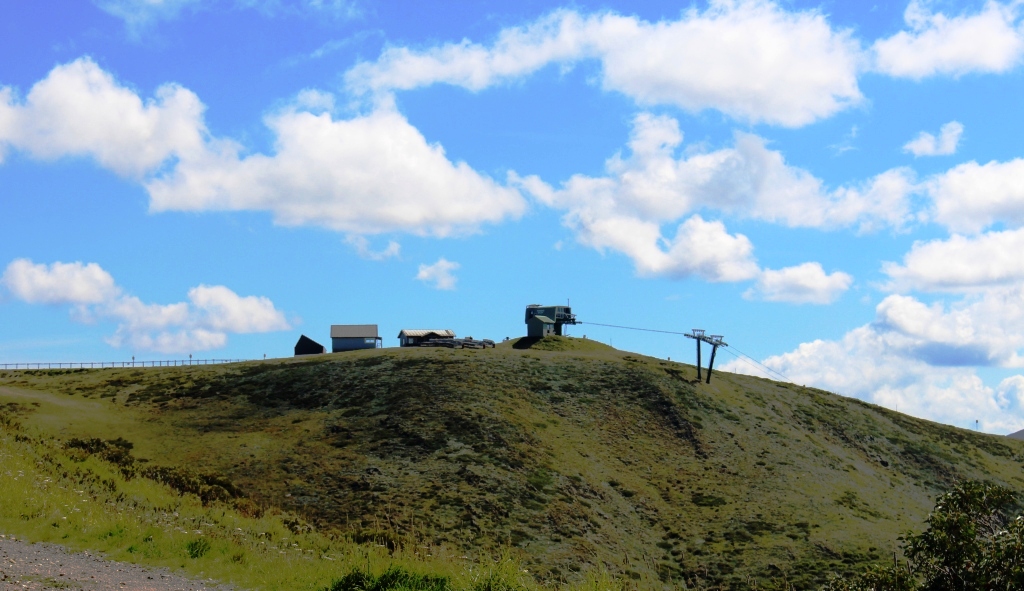
Narrow winding roads with sheer drops to valley floors hundreds of metres down, only a few areas protected by Armco barriers and the possibility of meeting trucks and caravans. What fun! Actually we saw more cyclists than other vehicles, met no trucks and only one caravan.
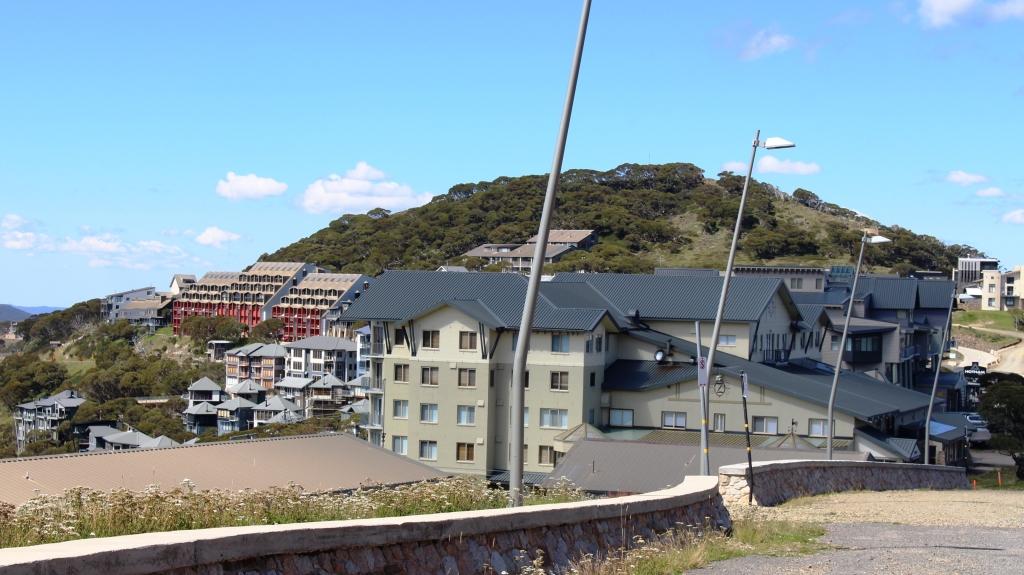
We stayed for only a short time at the 1,800 metres altitude of Hotham Heights before continuing to Dinner Plains, looking for lunch. We thought we were out of luck, but noticed a “coffee” sign and found a small shop called The Stables run by a very enthusiastic young lady who had only opened the doors of her new business on the previous Saturday.
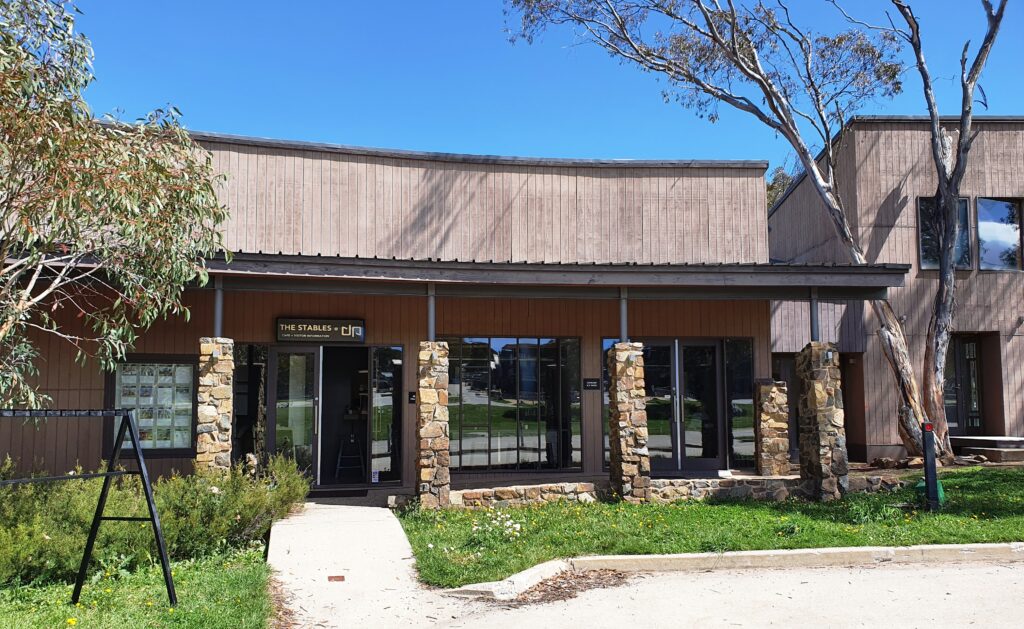
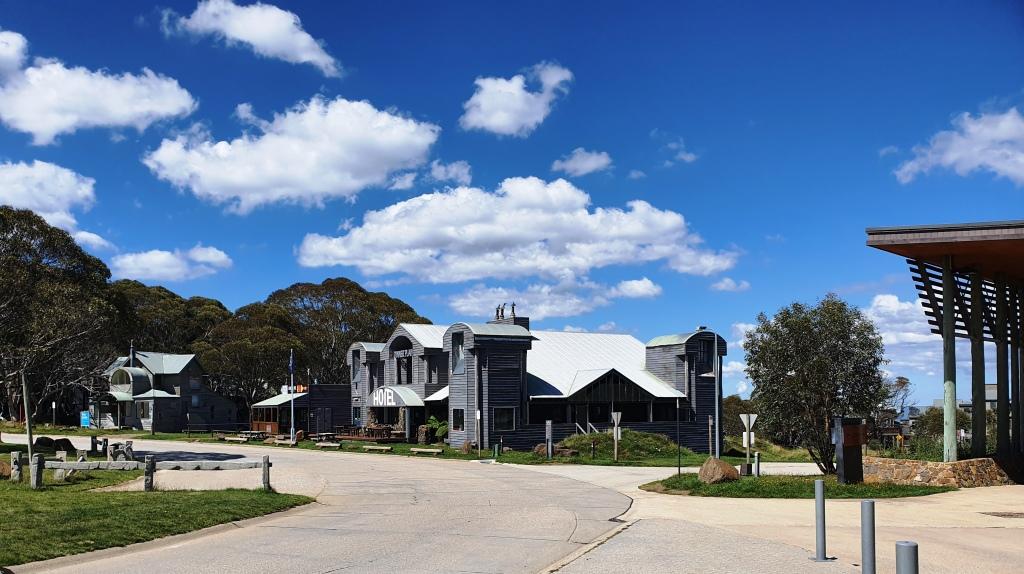
The road between Hotham and Omeo took us through several areas burned in the recent fires. Some parts were burned on just one side of the road but in other areas, where the fire had come up the mountain, it jumped the road and continued on its way towards the higher ground. The ski fields of Hotham seemed to be untouched so the ski season will not be adversely effected. The area has had much worse fires in the past.
After a refueling stop at Omeo we drove the remaining winding kilometres to our destination.
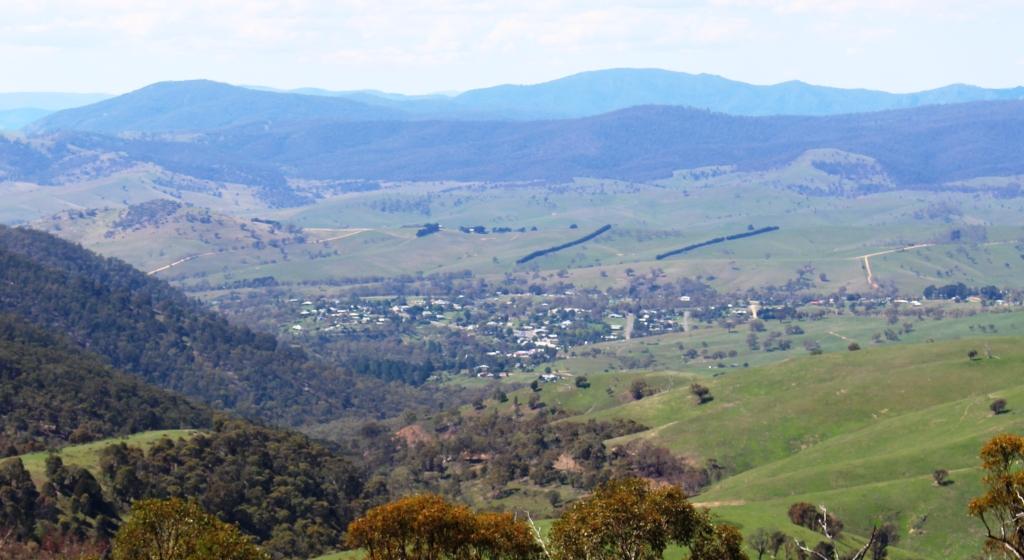
We first saw the Blue Duck Inn in 1965 when we decided to return to our home in Drouin in Victoria from Sydney, via the Omeo Highway. It was all gravel then but now fully sealed. We saw the building as we drove past and thought it would be great to return and stay. We drove past again a couple of years ago on a day trip from Omeo, but this time we realised our ambition.
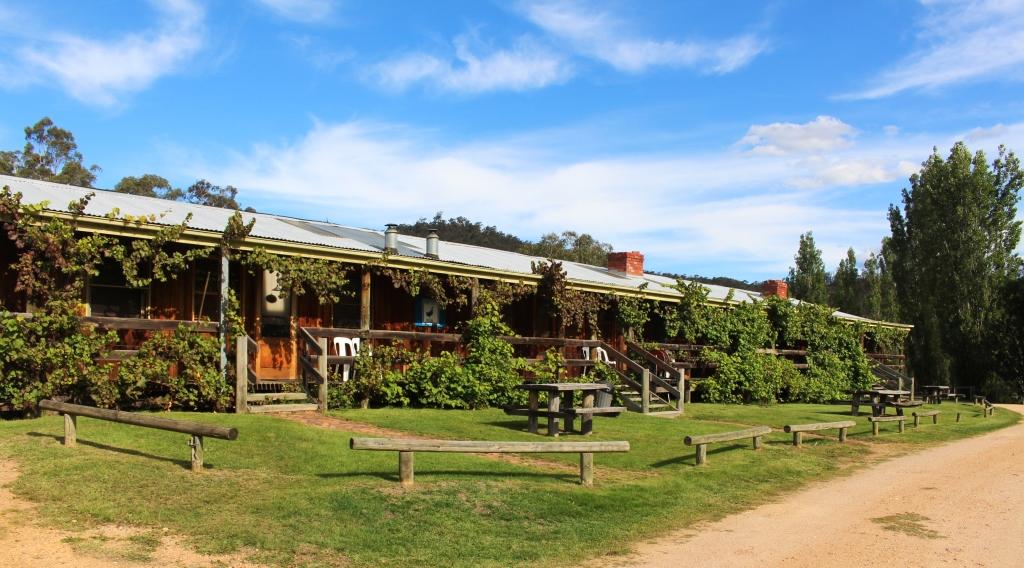
We were the only guests when we arrived but another couple came later. The number of diners reached 6 when another couple of about our age, who had their caravan in a camping area over the river, came in to dine. We spent a pleasant evening in their company.
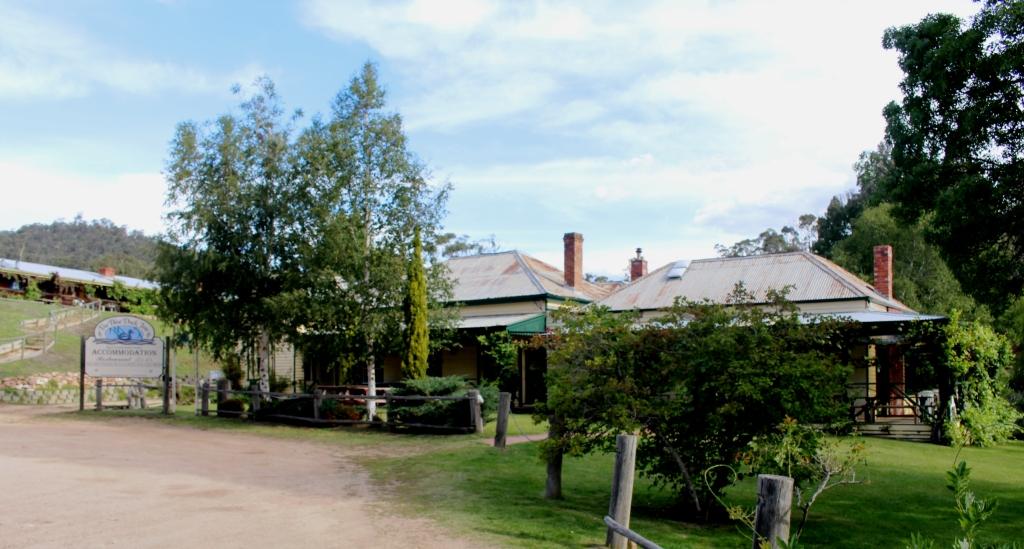
The cabins at Blue Duck are spacious and well fitted but lined with unpainted timber and heated by a wood heater. Mains electricity does not reach Anglers Rest so they generate their own. The generator goes off at about 10.00 pm and batteries take over so our rest was not disturbed.
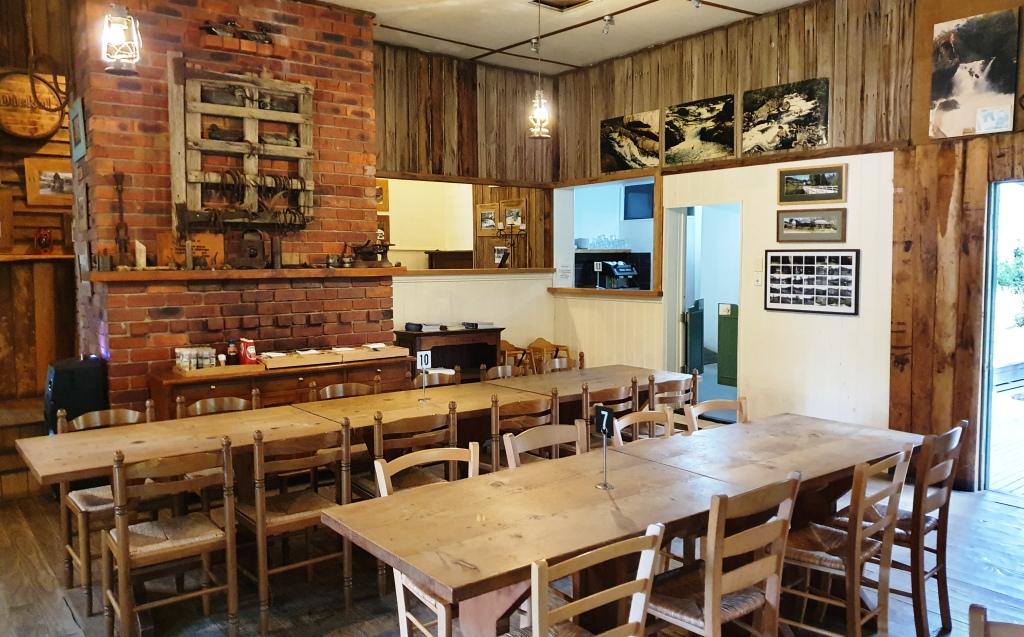
Omeo was a gold producing area with mostly alluvial mining, so streams in the area were prospected to within an inch of their lives. But no gold was found at Anglers Rest. Failure to find gold in a stream is known as a blue duck. So the hotel that dates back to the 1890s was named the Blue Duck Hotel.
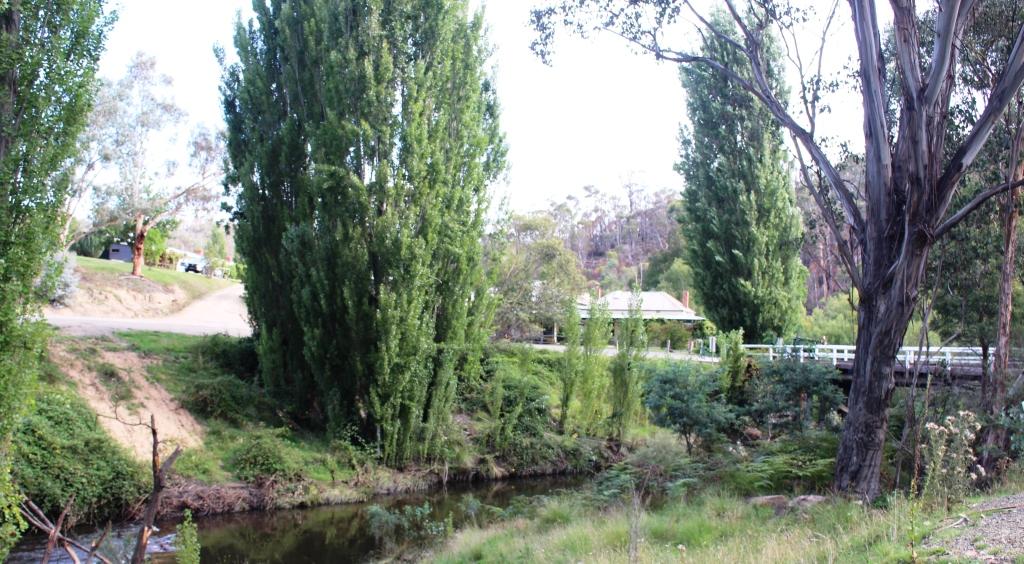
The objective of this part of the trip was to drive the Omeo Highway. Staying at the Blue Duck Inn was part of that. So after breakfast on Friday morning we set forth to complete the task. The distance from Omeo to Tallangatta is 167 km. When we resumed our journey we still had 139 km to go.
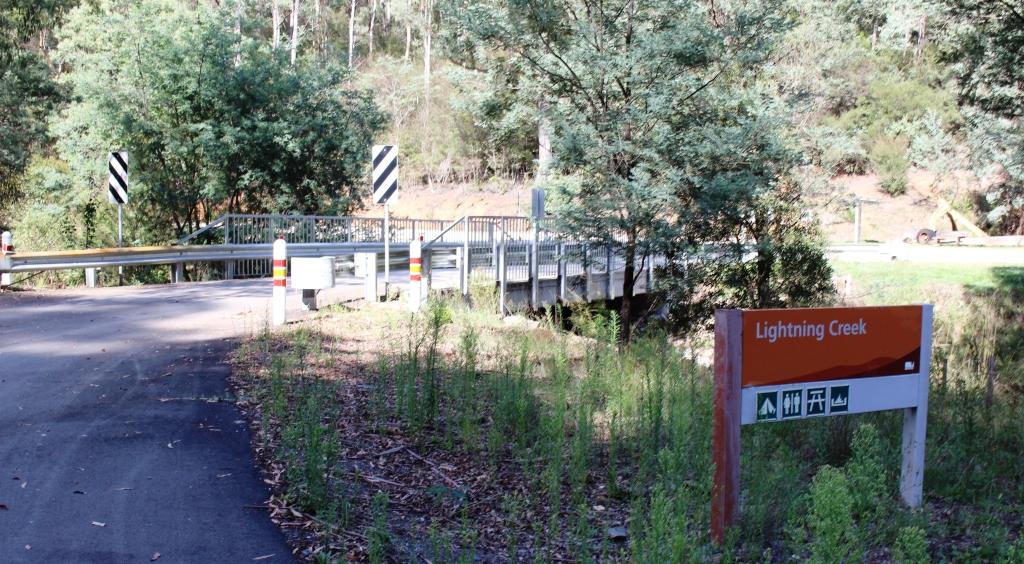
From Anglers Rest the road follows first the Cobungra River and then the Big River until it leads into serious mountains that carry the road to over 1,300 metres over the Great Dividing Range, before making its winding way into the Mitta Mitta Valley. The road then follows Snowy Creek all the way to the small town of Mitta Mitta where the creek flows into the Mitta Mitta River.
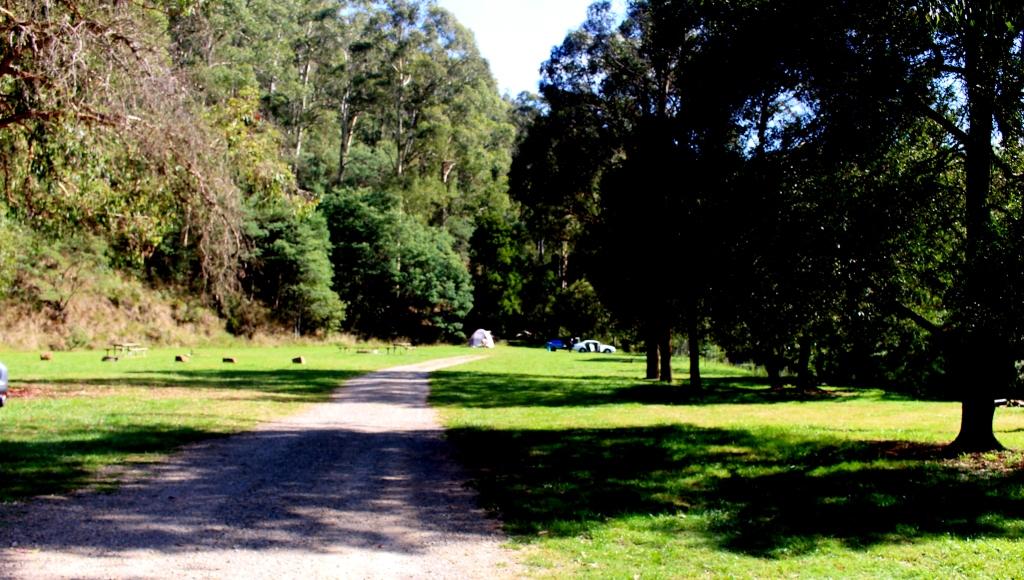
This neat riverside village is the first town past Omeo. There are several good rest areas with toilets and picnic and camping facilities along the way.
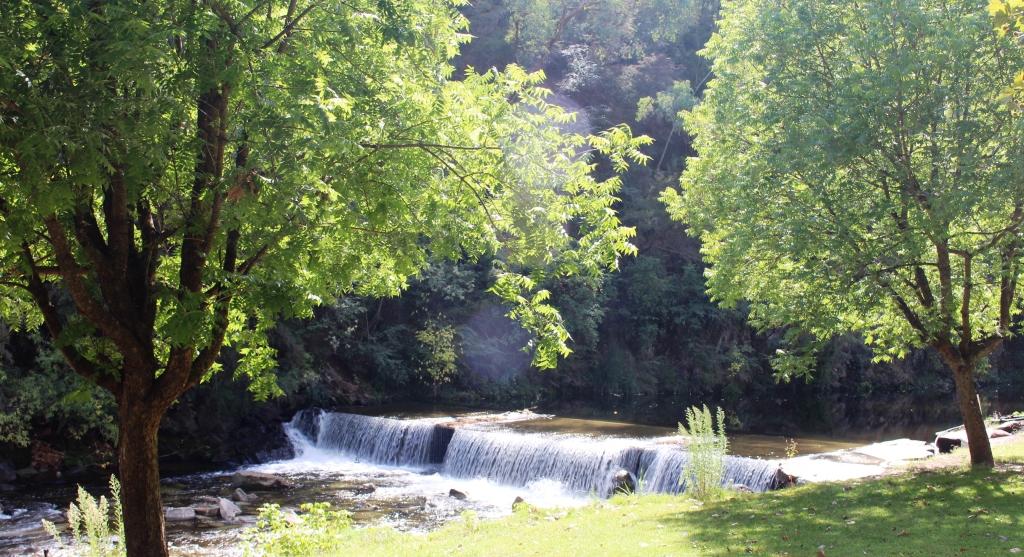
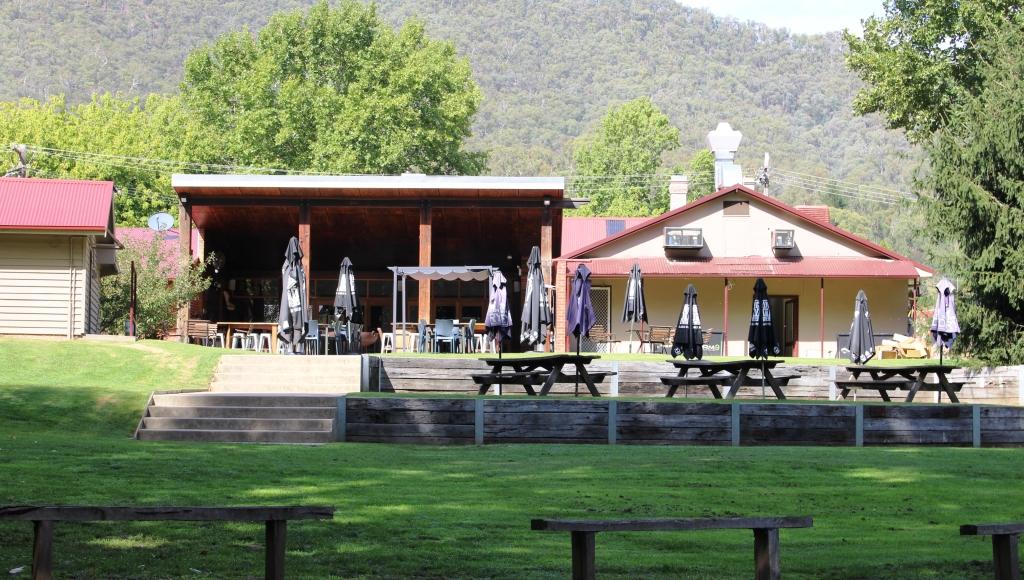
Very shortly after Mitta Mitta we reached the turn to the town of Dartmouth and the Dartmouth Dam. It is a detour of about 40 km return and well worth the effort. The wall, spillway and earth works are quite dramatic and would be awesome with water coming over the spillway. A hydro power station is located at the foot of the wall. A few km further downstream a small retaining wall has been built, with another power station, so the water is used twice before being released to flow down the valley into Hume Weir at Tallangatta.
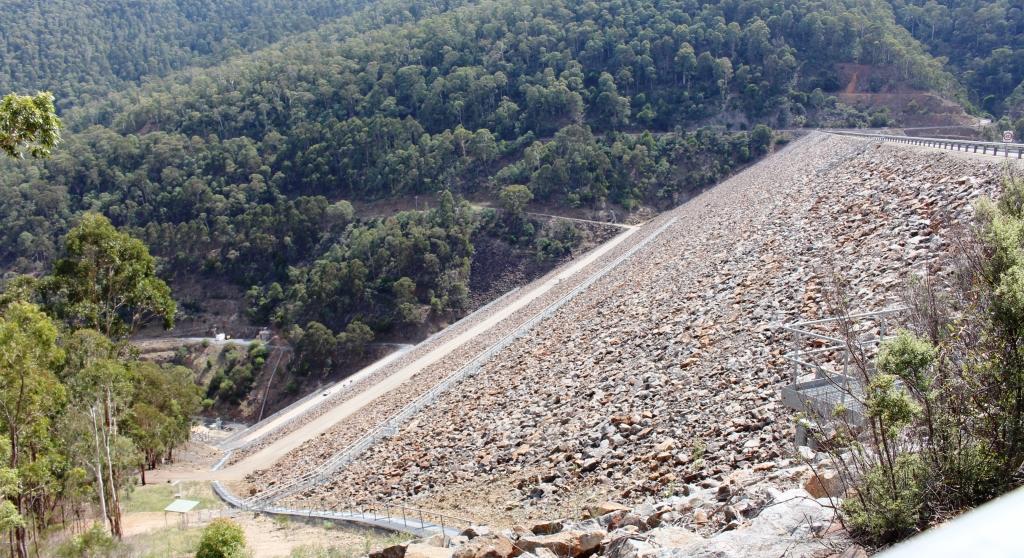
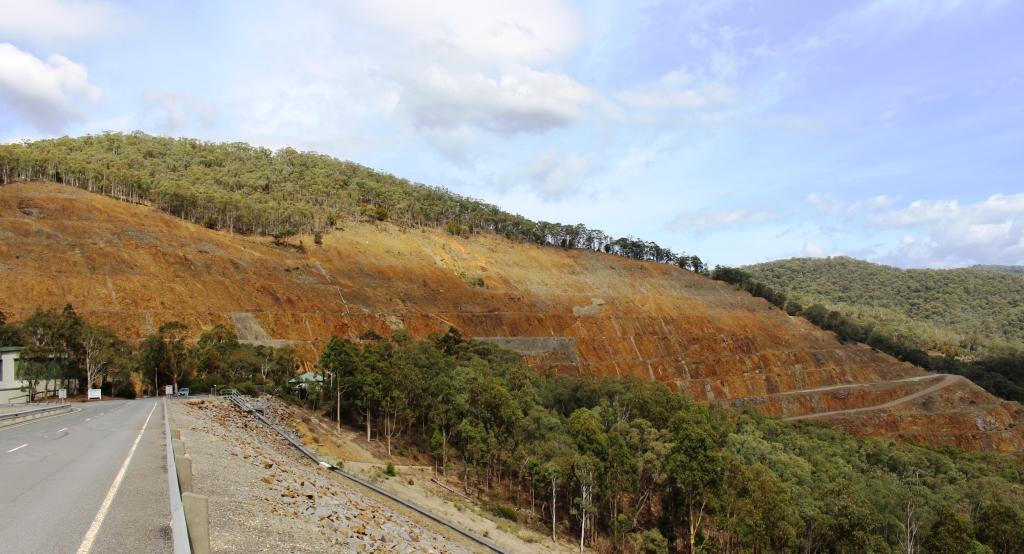
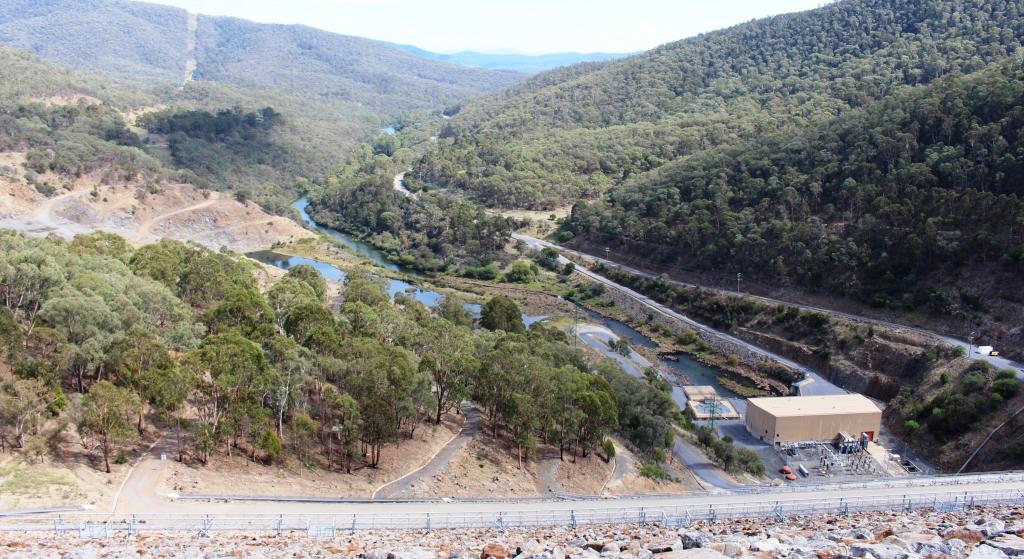
We continued on to Tallangatta and then followed the Murray Valley Highway, that skirts the southern edges of Lake Hume, until we turned at Bonegilla to finally cross the Murray River into NSW and to our cabin at Lake Hume Village.
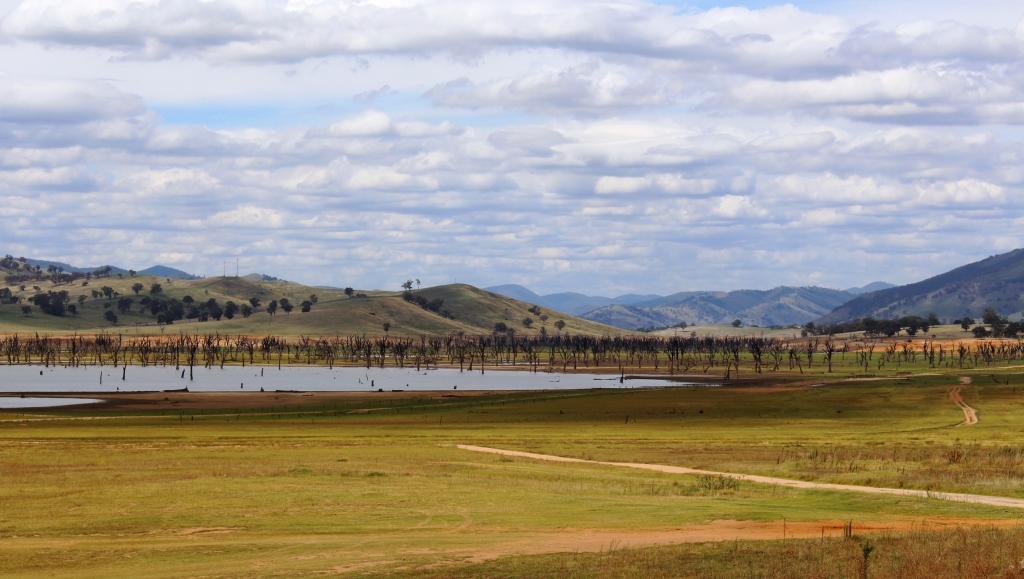
The water level in the dam is well down, so the water is often a long way from the road. There are several kilometres of grass lands on the valley floor where the dam used to back up towards Tallangatta, with cattle grazing on well established grass. It is now several, perhaps many, years since the dam has been full. I speculate, but perhaps not since the conclusion of the Snowy Mountains dam construction, much of which is in the headwaters of the Murray River.
